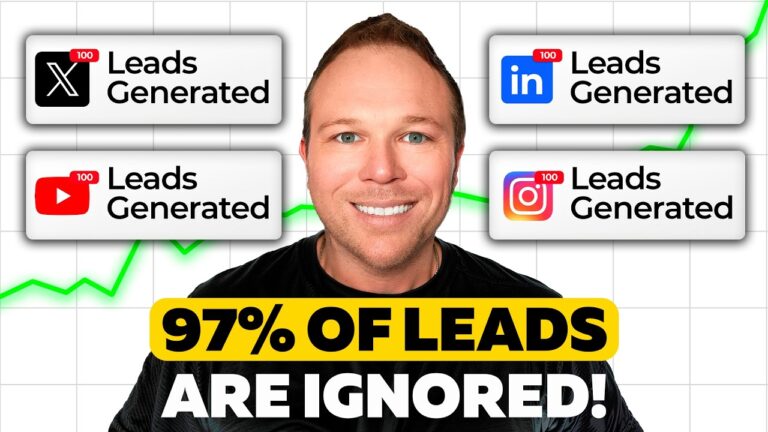Google is outranking industry giants like the Mayo Clinic for highly competitive health-related search terms. How is this possible? Is Google favoring its own content, or is it just leveraging exceptional SEO strategies? 🤔
Let’s break down Google’s ranking tactics step by step so you can apply these insights to improve your own website’s search performance.
📝 Step 1: Align Content with Business Intent
Google’s strategy is not just about content—it’s about business goals. Their wellness-related pages don’t just provide information; they also promote products like Fitbit and Pixel Watch 3.
✅ What you should do:
- Ensure your blog posts or content pages sell your products/services, not just provide information.
- Strategically place products within content that is contextually relevant.
- Use clear CTAs to drive conversions.
👉 Example: Google’s “How to Lose Weight Fast” page leads readers to wellness products like Fitbit, seamlessly integrating commerce with content.
🔗 Step 2: Smart Internal Linking Strategy
Google is using a descriptive anchor text strategy for internal linking. Instead of generic links like “click here” or “learn more,” they use keyword-rich, semantically relevant anchor texts.
✅ What you should do:
- Use descriptive anchor texts (e.g., “change what you eat” instead of “click here”).
- Ensure the linked page is contextually relevant to the anchor text.
- Position the most important internal links in the first and last paragraphs of your content.
🚀 Pro Tip: According to a leaked Google algorithm document, first and last paragraph links are the most valuable for SEO.
🔍 Step 3: Keyword Optimization Without Overstuffing
Surprisingly, Google’s top-ranking articles don’t follow the traditional keyword-stuffing approach. Instead, they focus on semantic relevance and user intent.
✅ What you should do:
- Instead of stuffing keywords, position your content correctly within your industry.
- Use natural language rather than forcing exact-match keywords.
- Focus on relevance and intent rather than just keyword density.
💡 Example: Google’s weight-loss article ranks for 42,000 informational keywords and only 1,500 commercial keywords, proving that quality content still drives rankings.
🏆 Step 4: Content Length vs. Quality
The myth that longer articles (6,000-7,000 words) rank better doesn’t hold true here. Google’s top-ranking articles are shorter (around 1,500 words) but highly structured and practical.
✅ What you should do:
- Write concise, valuable content rather than bloating articles for word count.
- Structure content in an easy-to-skim format (e.g., step-by-step guides, bullet points, numbered lists).
- Ensure content answers user queries efficiently.
📌 Example: Google’s weight-loss guide provides practical meal plans and calorie counts, making it highly actionable.
🎯 Step 5: AI Content vs. Human-Written Content
Using Originality AI, the analysis showed that Google’s content is 100% human-written. Despite having the resources to use AI, they prioritize real writers and an editorial process.
✅ What you should do:
- Invest in human-written, high-quality content.
- If you use AI, ensure human editing for originality.
- Prioritize engagement and user experience over content automation.
🚨 Warning: Websites with high AI-generated content have been hit by Google’s algorithm updates, leading to traffic drops.
📊 Step 6: Data-Driven SEO Tools
Google’s strategy relies heavily on SEO tools for analysis and tracking. The video’s breakdown used SE Ranking to uncover insights.
✅ What you should do:
- Use SEO tools like SE Ranking, Ahrefs, or SEMrush to track keyword performance.
- Identify informational and commercial keyword ratios to balance content.
- Analyze competitors to reverse-engineer their success.
🔍 Example: Google ranks for “How many calories in a pound of fat”, even though it’s a calculator keyword—demonstrating strong strategic SEO placement.
📢 Key Takeaways:
✔ Business-Driven Content: Align content with sales objectives.
✔ Smart Internal Linking: Use descriptive anchor texts in key positions.
✔ User Intent Over Keyword Stuffing: Prioritize relevance, not just keyword repetition.
✔ Concise Yet Powerful Content: Quality matters more than sheer length.
✔ Human-Written Content Wins: AI content often underperforms.
✔ Leverage SEO Tools: Analyze rankings and iterate your strategy.
By following these steps, you can outrank your competition and achieve better search engine visibility—just like Google. 🚀🔥




